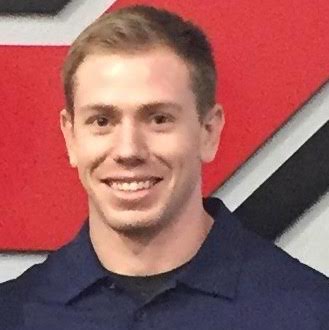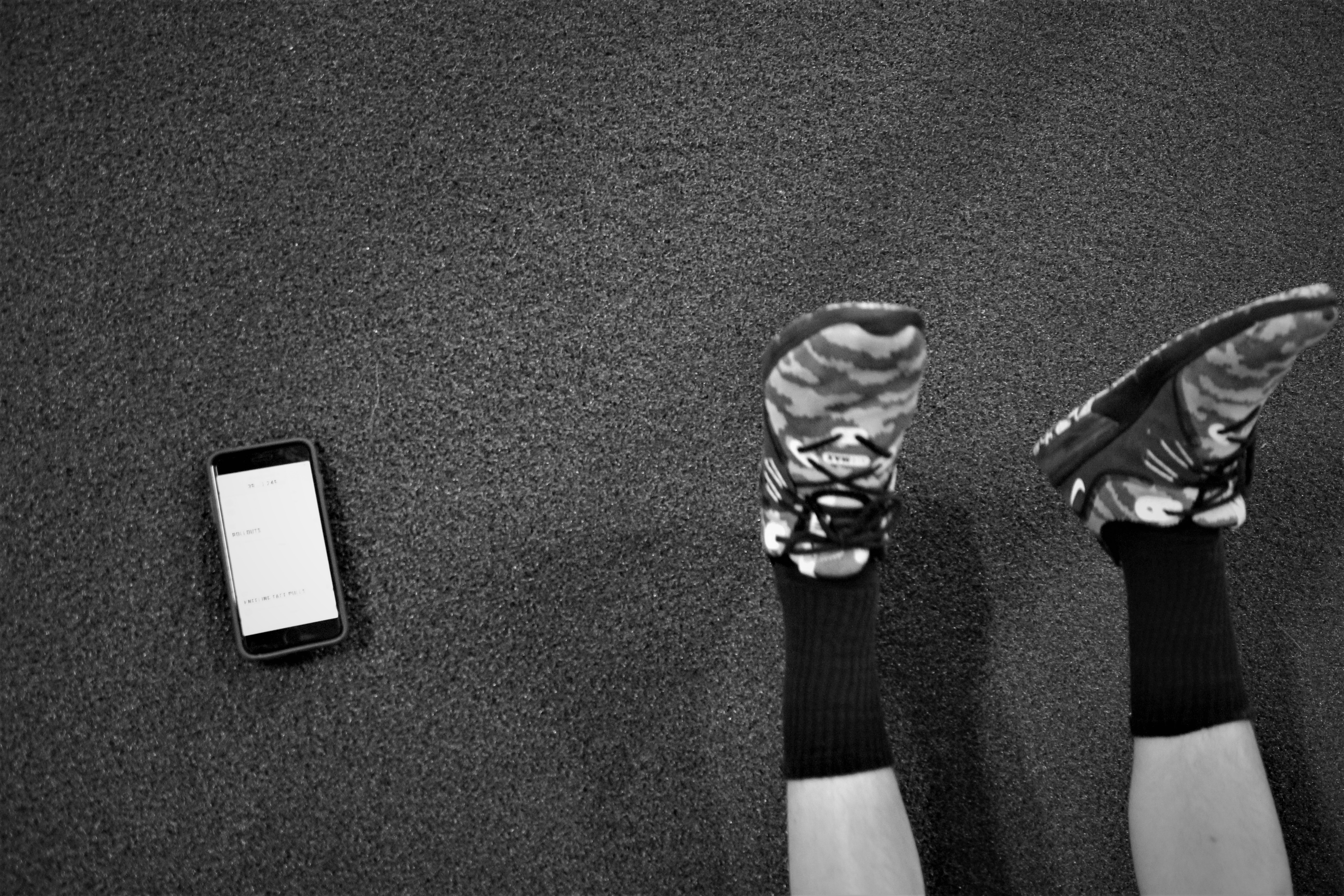Reaction: The Game Changing Element In Training
Speed & Agility | Sports PerformanceABOUT THE AUTHOR

RYAN LEIBREICH
Ryan is the Director of Strength and Conditioning at Pro Performance RX in Morgantown, West Virginia. He gets the pleasure of working with hundreds of athletes from ages 8 to 80 daily. His focus is to not only build better athletes but better people too. We all have things that make us tick and Ryan’s happens to be changing lives through the medium of strength and conditioning. Never stop learning, growing and adapting. Ryan is always open to talk shop. To connect further reach out to [email protected]
“If you’re not first, you’re last” – Ricky Bobby
“If you’re not first, you’re last” is a funny quote from a great movie, but it also could not be more true when it comes to sports. You need to be able to react faster than your opponent. Reacting faster is accomplished by quickly processing incoming information and moving specific to that perception of that information. When we correctly process information and move to the right position we end up in the best position to be successful. We will discuss, from a strength and conditioning standpoint, how we prepare our athletes to decrease time to process information and react faster.
// 3 Basic Concepts Concerning Reaction
How reaction works and what you need to know:
Your Title Goes Here
Your content goes here. Edit or remove this text inline or in the module Content settings. You can also style every aspect of this content in the module Design settings and even apply custom CSS to this text in the module Advanced settings.
Filter out the useful and non useful information.
First, we can only process a limited amount of information and actually internalize it. The more you are exposed to specific information, the quicker you can recall that information. The neural network in your brain and myelination of neurons are responsible for this processing. An example is, how fast games can feel when you are a freshman vs a senior. As a freshmen, you are taking in a lot of new situations and thoughts that are not always important to the task at hand. Seniors are more experienced and acclimated to the same exposure of stimulus.
Thorough understanding of the rules of the game your playing
Second, the more you’re exposed to information, the better you can manipulate the situation to your advantage. It allows for the little tips and tricks so you can put yourself in the best position for success. Think of the 2 minute drill in football and how coaches and players manage the clock a lot differently. In general, you react better and faster when you know the rules of the game and how to play within then.
Adaptability
Third, we always have to be adaptable. This is where we realize things change. When you accept and understand that not every situation is created equal, you will be a step ahead. This is because you won’t worry about the last situation and will focus on the one present.
// Developing the training
Things to consider when putting drills together:
Your Title Goes Here
Your content goes here. Edit or remove this text inline or in the module Content settings. You can also style every aspect of this content in the module Design settings and even apply custom CSS to this text in the module Advanced settings.
Stimulus
Auditory/Verbal
Optical/Visual
Mixing auditory and verbal
Position
Standing, staggered, 1⁄2 kneeling, tall kneeling, laying on the ground, etc.
Direction
Same, opposite, diagonal, backwards
Color
1, 2, 3 or 4 different colors
Open vs Closed drills
Open – no end predetermined
Closed – set end to the game
// Game development. Developing the layers.
Instruction
Tier one = 1 cue = visual or audible command
Tier two = 2 cues = 1 visual & 1 verbal
Tier three = 2 cues with 1 being the opposite of what’s asked. Example right means to go left
Drills we use everyday
Tier 1
Visual – Tennis ball drop
- Set up one cone 3-5 yards away
- Hold the tennis ball at shoulder height drop from standing staggered stance
- Ear height for half kneeling facing forward
- Hold above head for half kneeling lateral facing
Verbal – Chase Drills
- One athlete lays on group or any start position
- Other athlete starts 3-5 yards behind
- On go command athlete 2 chases athlete one and tries to tag them
Tier 2
Verbal and Visual – Cone Reaction 1 v 1
- Athlete has to hear the director or color of the cone and react to correct spot
- Right, blue, left, red Etc
Mirror Drill
- This drill should be familiar to most
- Athlete one tries to move so athlete 2 is unable to mimic movement patterns
- When that happens drill is over
- Reset and start again
Tier 3
Rock Paper Scissors
- 3 cones
- 1 in the middle
- Other two 5 yards apart in either direction
- Athletes stand in the middle
- Rock/papers/scissors
- Winner takes off in either direction
- Loser chases
- Goal is to tag the other person before 5 yards or escape
Something to think about
If you take the foundation of how we train reaction, you can create an endless amount of games that follow the principles and reinforce reaction.
Have fun, the more fun you make it the better the results will be. Also listen to your athletes
suggestions. Some of our best variations came from listening to the athletes and what they like
and don’t like.

Are you a better coach after reading this?
More coaches and athletes than ever are reading the TrainHeroic blog, and it’s our mission to support them with useful training & coaching content. If you found this article useful, please take a moment to share it on social media, engage with the author, and link to this article on your own blog or any forums you post on.
Be Your Best,
TrainHeroic Content Team
HEROIC SOCIAL
HEROIC SOCIAL
TRAINING LAB
Access the latest articles, reviews, and case studies from the top strength and conditioning minds in the TH Training Lab

